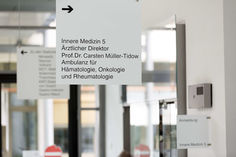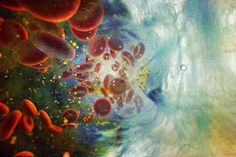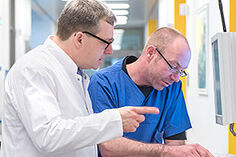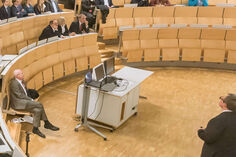SFB 873: Summary of the Research Program
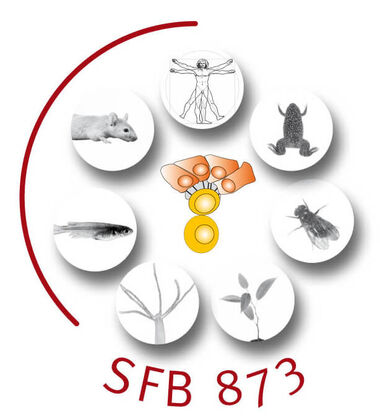
The long-term goal of this Collaborative Research Center is to define the regulatory principles underlying the balance between stem cell maintenance and differentiation in diverse organisms on a mechanistic level. This objective will be accomplished by studying the intrinsically and extrinsically controlled self-renewal process in various model systems including Arabidopsis, Hydra, Drosophila, Medaka, Xenopus, as well as mouse and human. The basic principles controlling stem cell self-renewal and differentiation are strikingly conserved during evolution, despite the fact that individual pathways can differ between various stem cell systems of the same organism as well as between homologous stem cell niches in different organisms. Since the regulatory pathways that control stem cell function in highly complex mammalian systems are often difficult to study and frequently show significant molecular redundancy, our Consortium will also take advantage of simpler model systems to illuminate the cellular and molecular mechanisms governing stem cell function. Thus the overall objective of this Consortium is to bridge the gap between experimentally amenable model systems and highly complex mammalian systems. By comparing divergent and conserved modules of stem cell control across the kingdoms of life, this SFB will fundamentally advance our understanding of the principles and molecular mechanisms that control stem cell function during development, homeostasis, injury repair and disease.
The Consortium will therefore focus on two major areas:
(A) Mechanisms of Stem Cell Self-Renewal
Using suitable model systems of lower complexity we will elucidate essential molecular mechanisms of stem cell control and identify conserved and divergent regulatory modules governing the fundamental decision process of self-renewal and differentiation. These results will serve as a resource for comparative studies in more complex systems including mouse and human to define the pathways regulating stem cell fate during development and disease.
(B) Cell-cell interactions in the stem cell niche
In addition to intrinsic mechanisms, extrinsic cues mediated by the microenvironment, commonly referred to as the “stem cell niche” do not only maintain stem cell fate but also control the balance between stem cell self-renewal and differentiation. This group of subprojects will focus on the nature and function of the cell types comprising the niche and on the molecules involved in the bi-directional interactions between the niche and the corresponding stem cells in normal and diseased states. Cross species and cross kingdom comparisons will be used to identify the most relevant components that generate the functional stem cell-niche units.
In summary, our initiative will focus on two central aspects of stem cell biology, namely control of self-renewal and niche interactions, and study these features in a number of diverse model systems in vitro and in vivo. Thus, we will address similar questions across species and kingdom boundaries, opening new avenues to identify the fundamental components of stem cell control circuitries. This unique knowledge base will allow us to relate validated molecular functions of core regulatory modules with abnormal stem cell behavior during human disease.
